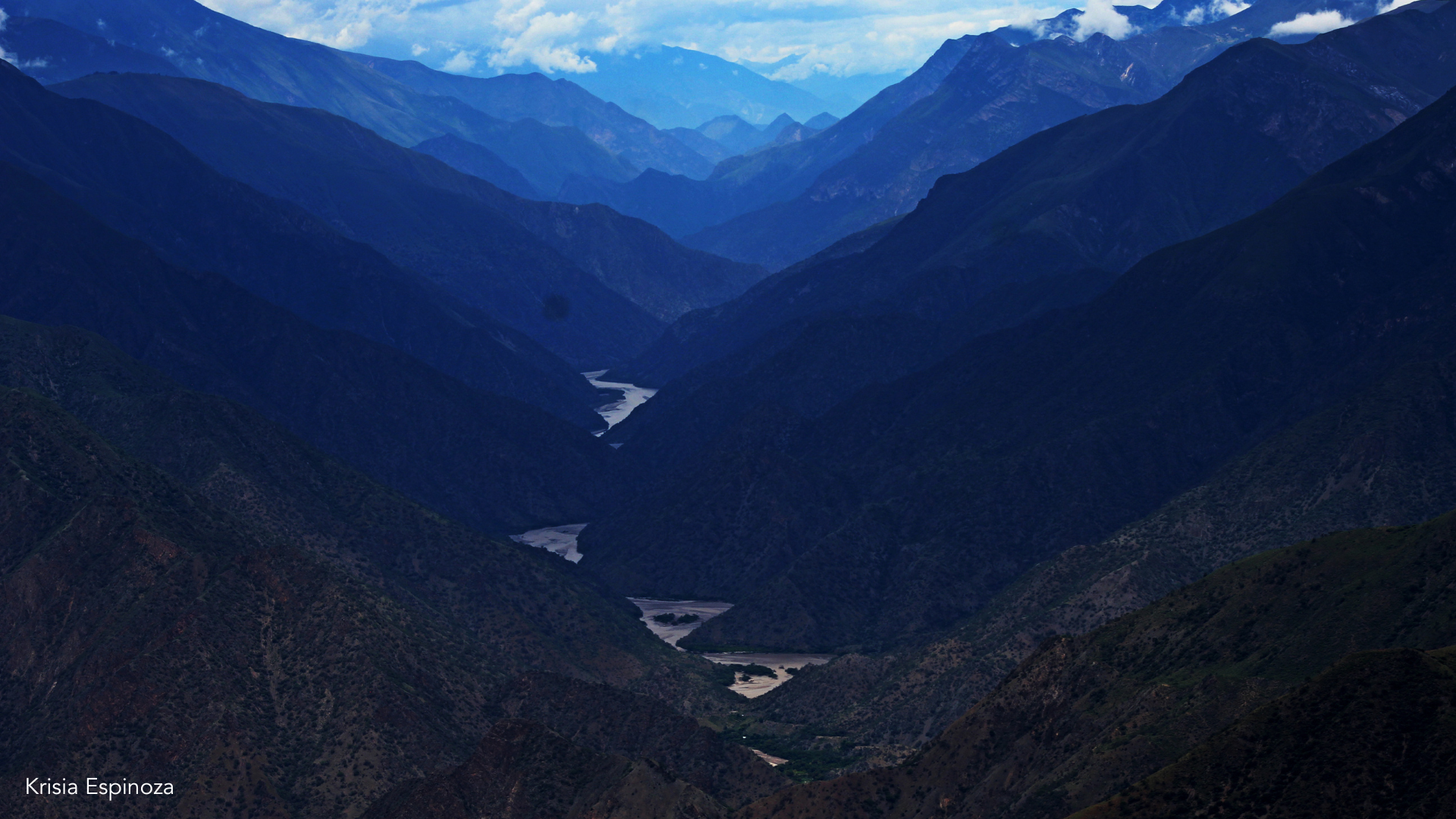Celebrating Earth Day: Nature and Culture Strategizes with Whole Ecosystems in Mind
04/20/2023
There are a number of ways our team works to conserve biodiverse hotspots throughout Latin America. We employ many different strategies to protect wild places, from municipal and local level government protection to national level protection, to land purchase when necessary. No matter the method, we always consider the local communities who live in these areas along with long-term ecosystem health.
Supporting local communities is key to long-term conservation
In 25+ years, Nature and Culture has never seen a protected area reversed and we believe that is because of our commitment to serving local communities. The relationships we have built with the people who live in the areas we work to protect are key to our success. Our co-management model is what sets us apart. Providing access to legal tools to establish a protected area, technical training for skills such as monitoring a protected area for threats, or investing in a new means of sustainably generating income from local resources are just a few of the ways we support the WHOLE ecosystem.
Our protected areas are living, breathing, dynamic spaces that require fostering relationships and understanding local needs. Indigenous Peoples and local communities are often the initial advocates for the protected areas we support. We simply provide them with the tools they need to safeguard their natural resources like clean water and fresh air. This approach in turn supports the health of the tiniest of species and the health of the entire planet.
Peru’s Ministry of Environment recognizes Nature and Culture and local communities
Last month Nature and Culture Project Managers, Lleydy Alvarado and Elvis Allauja attended the National Service of Protected Natural Areas (SERNANP) annual meeting. SERNANP, an agency of Peru’s National Ministry of Environment, presented the official declaration of two new Private Conservation Areas (ACP) Yasgolca-Santa Lucia, Montevideo in Amazonas, and Utco in Cajamarca. Both areas were declared in February of this year, and together they protect more than 19,000 acres of the dry forests of Marañón, Yungas, and montane forests.

Our team in Peru was recognized along with the presidents of each of these two new Private Conservation Areas, with whom Nature and Culture’s technical team collaborated to create the new areas. In response to our team’s dedication to supporting the local effort, SERNANP recognized Nature and Culture for its important contribution to the declaration of both areas and for being an ally in the departments of Piura, Cajamarca, Amazonas, Huánuco, Loreto and Ucayali.

Two new protected areas cover more than 19,000 acres
The Yasgolca-Santa Lucia Private Conservation Area, Montevideo protects 11,677.43 acres and is an important water source for communities in the Amazonas region of Northern Peru. Establishing this protected area was crucial for the local community because it plays a fundamental role in water regulation. This ecosystem is also a significant carbon capture and connects to other nearby protected areas. According to Lleydy Alvarado, both newly declared areas connect with other conservation areas, which creates a larger wildlife habitat. It’s not enough to simply establish areas, says Lleydy, they need to be connected so the team’s environmental services are more effective.

The Utco Private Conservation Area protects 7,562.31 acres of dry forest. This unique ecosystem is known for being an epicenter of biodiversity. It is home to a large number of endemic birds, reptiles, amphibians, and plants. Together these two new areas protect over 19,000 acres and are critical to local inhabitants’ well-being.

Congratulations to our team in Peru and the communities of Utco and Montevideo for their determination to conserve their ecosystems.


